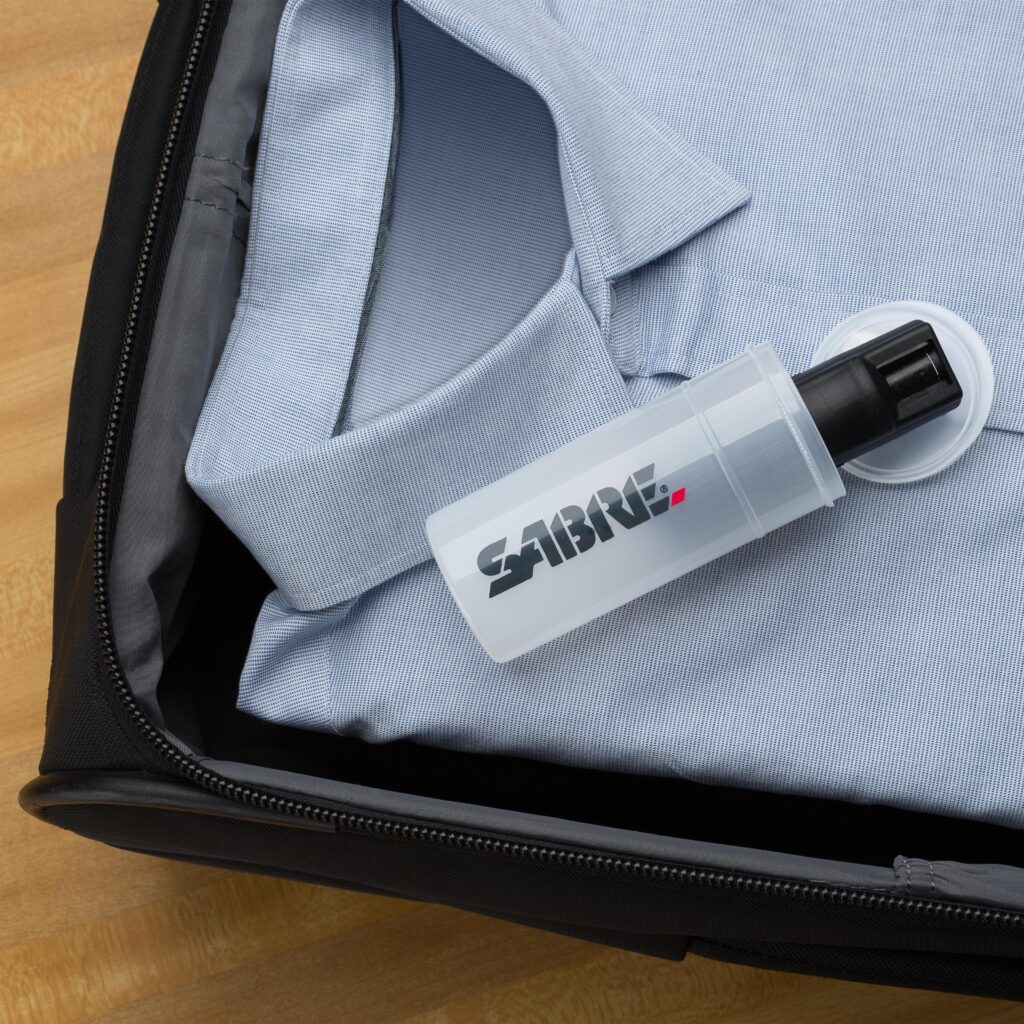Table of Contents
- Understanding TSA Regulations on Pepper Spray for Domestic and International Flights
- Safe and Legal Ways to Pack and Declare Pepper Spray in Your Luggage
- Alternatives to Pepper Spray for Personal Safety While Traveling
- Tips for Responding to TSA Questions and Avoiding Confiscation at Security Checkpoints
- In Retrospect
Understanding TSA Regulations on Pepper Spray for Domestic and International Flights
When it comes to carrying pepper spray on flights, the Transportation Security Administration (TSA) maintains strict guidelines to ensure passenger safety. Pepper spray is considered a prohibited item in both carry-on and checked luggage due to its potential hazards. However, under certain conditions, travelers may be allowed to bring a small-sized pepper spray container in their checked bags only. The container must not exceed 4 fluid ounces (118 ml), and it must feature a safety mechanism to prevent accidental discharge. Items that do not meet these criteria are strictly forbidden and can be seized by TSA agents during security screening.
For international flights, regulations can differ widely depending on the destination country’s security policies and customs restrictions. It’s essential to research the specific requirements of the airline and the countries you will travel through, as some nations completely ban pepper spray-even in checked baggage. To avoid complications, you should:
- Check your airline’s official website for any unique policies.
- Contact the embassy or customs office of your destination country.
- Ensure that your pepper spray is properly labeled and safely packed if allowed.
Safe and Legal Ways to Pack and Declare Pepper Spray in Your Luggage
Travelers who choose to carry pepper spray should always ensure they comply with both TSA regulations and local laws at their destinations. Pepper spray is strictly prohibited in carry-on bags but may be allowed in checked luggage if it meets specific requirements. To pack it safely, make sure your pepper spray container is no larger than 4 ounces (118 ml), clearly labeled, and equipped with a safety mechanism to prevent accidental discharge. Additionally, the dispenser must be designed for personal defense, not self-defense sprays used in law enforcement or commercial products.
When declaring pepper spray at the airport, proactively inform your airline during check-in or when checked baggage is inspected. Some airlines require a written declaration or approval prior to travel. Follow these best practices:
- Remove the safety cap and store it securely in your checked luggage.
- Check the airline’s specific policies as some may have stricter guidelines than the TSA.
- Verify local laws of your destination, since pepper spray possession might be regulated or banned.
Alternatives to Pepper Spray for Personal Safety While Traveling
When traveling, especially through airports where TSA regulations strictly prohibit the transport of pepper spray in carry-on luggage, it’s essential to explore other effective personal safety options. Consider compact and discreet devices such as personal alarms that emit a loud siren to deter attackers and draw immediate attention. These are TSA-compliant and easy to pack. Additionally, tactical flashlights with high lumens can temporarily blind and disorient an assailant, offering a non-violent method of self-defense without breaking any security rules.
Beyond gadgets, travelers can also invest in self-defense keychains crafted from durable materials like aluminum or steel, designed to be both practical and TSA-friendly. For those who prefer a holistic approach, enrolling in a basic self-defense or martial arts class before the trip can boost confidence and preparedness. Remember, the focus should always be on safety and legality-choosing alternatives that prioritize these factors ensures peace of mind without risking confiscation or penalties during security checks.
Tips for Responding to TSA Questions and Avoiding Confiscation at Security Checkpoints
When approaching TSA agents, clear communication is your best ally. Always be upfront and cooperative if you carry items like pepper spray that are subject to strict regulations. Present your item proactively before the screening process begins and be ready to explain its intended use concisely. This transparency can ease any concerns agents might have and demonstrate your willingness to comply with safety protocols.
To further minimize the risk of confiscation, keep these practical tips in mind:
- Check TSA guidelines beforehand: Make sure your pepper spray conforms to size and liquid restrictions (typically limited to containers of 4 ounces or less).
- Keep the item accessible: Pack it in your carry-on bag, not in checked luggage, to avoid unexpected surprises during screening.
- Declare at the checkpoint: If in doubt, always inform the TSA officer about your pepper spray before the scanners inspect your bags.
- Review airline policies: Some carriers may have additional restrictions or require advanced notification regarding pepper spray.
In Retrospect
Traveling with pepper spray can be a smart choice for personal safety, but it’s essential to stay informed about TSA regulations to avoid any hiccups at the airport. By understanding the rules around carrying pepper spray in your carry-on or checked luggage, you can ensure a smooth security screening experience while keeping your peace of mind intact. Always check the latest TSA guidelines before your trip, pack responsibly, and travel safe!Check Our Other Blogs
- StunGun – Your Trusted Source for Stun Guns, Laws, and Self-Defense Tips
- PepperSprayLaws – Your Trusted Resource for Pepper Spray Information
- StunGunLaws – Your Trusted Guide to Stun Gun Legality and Safety




